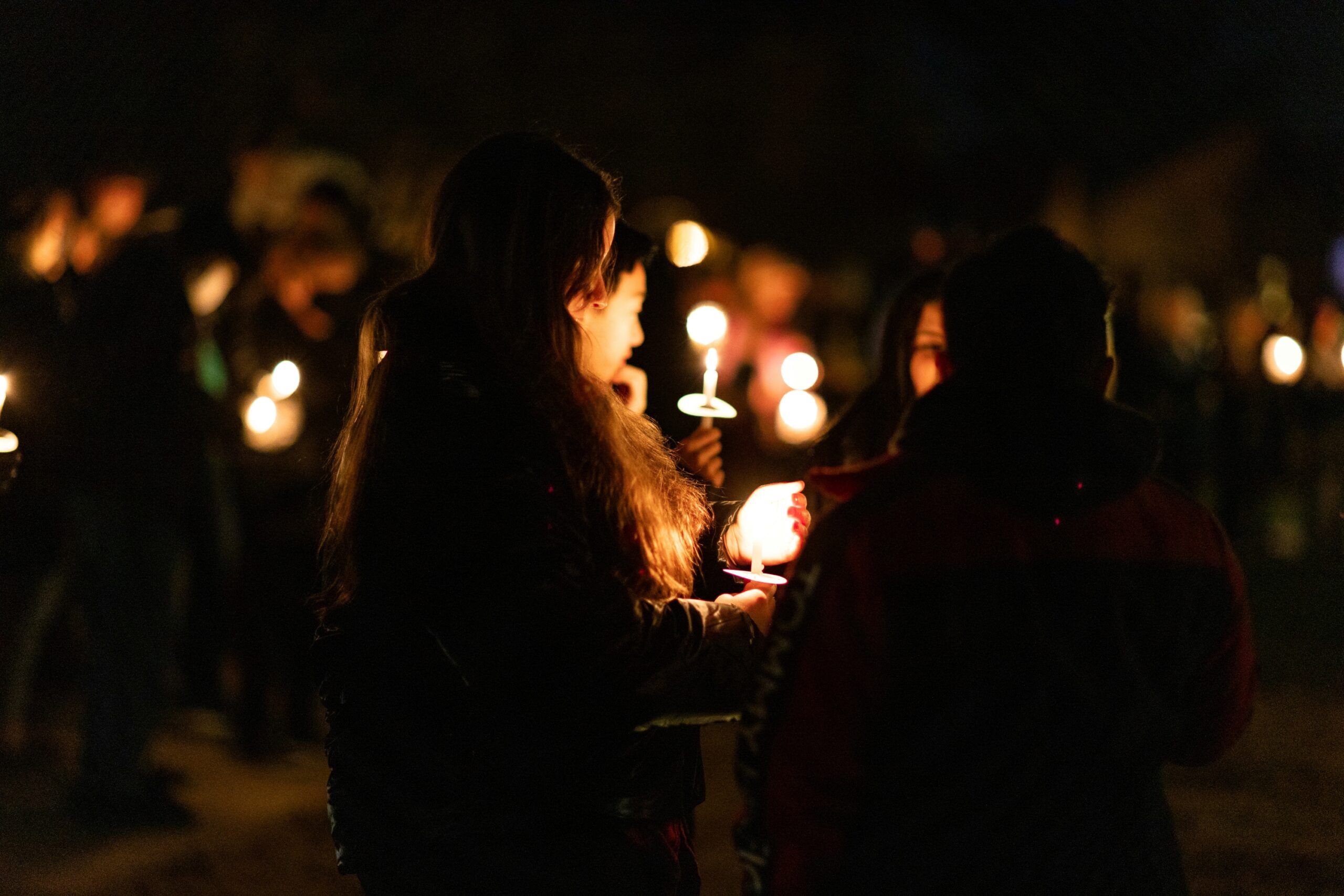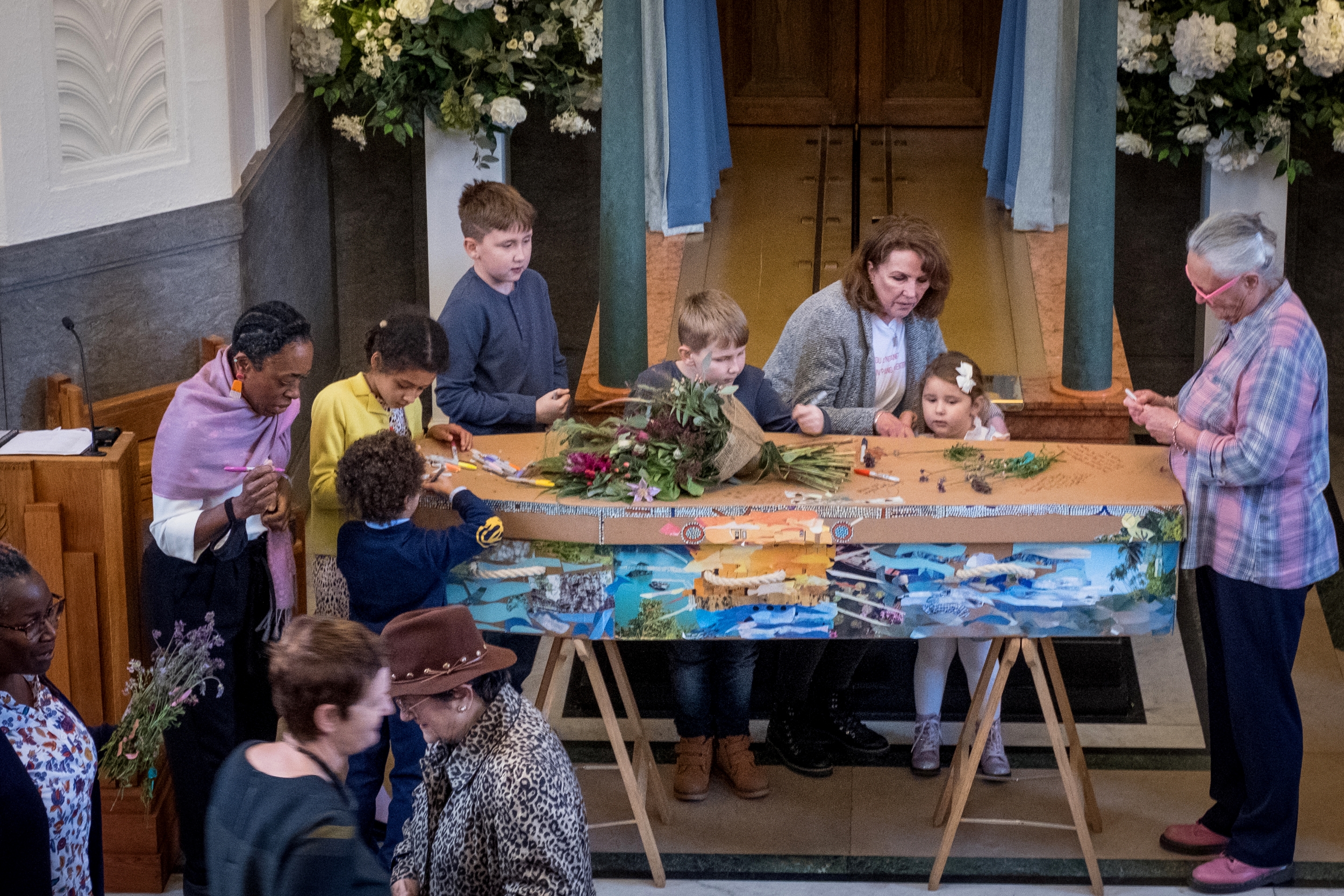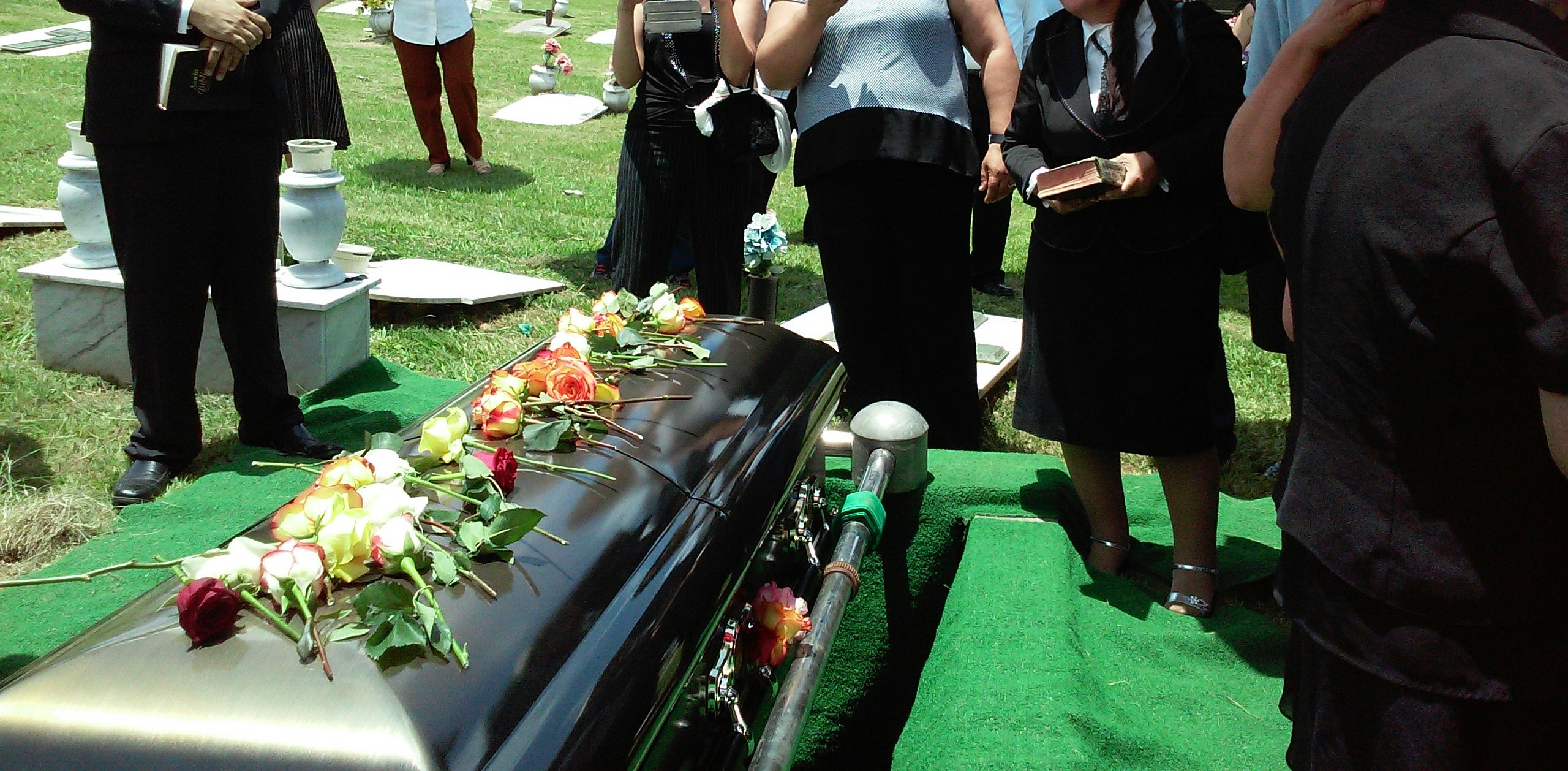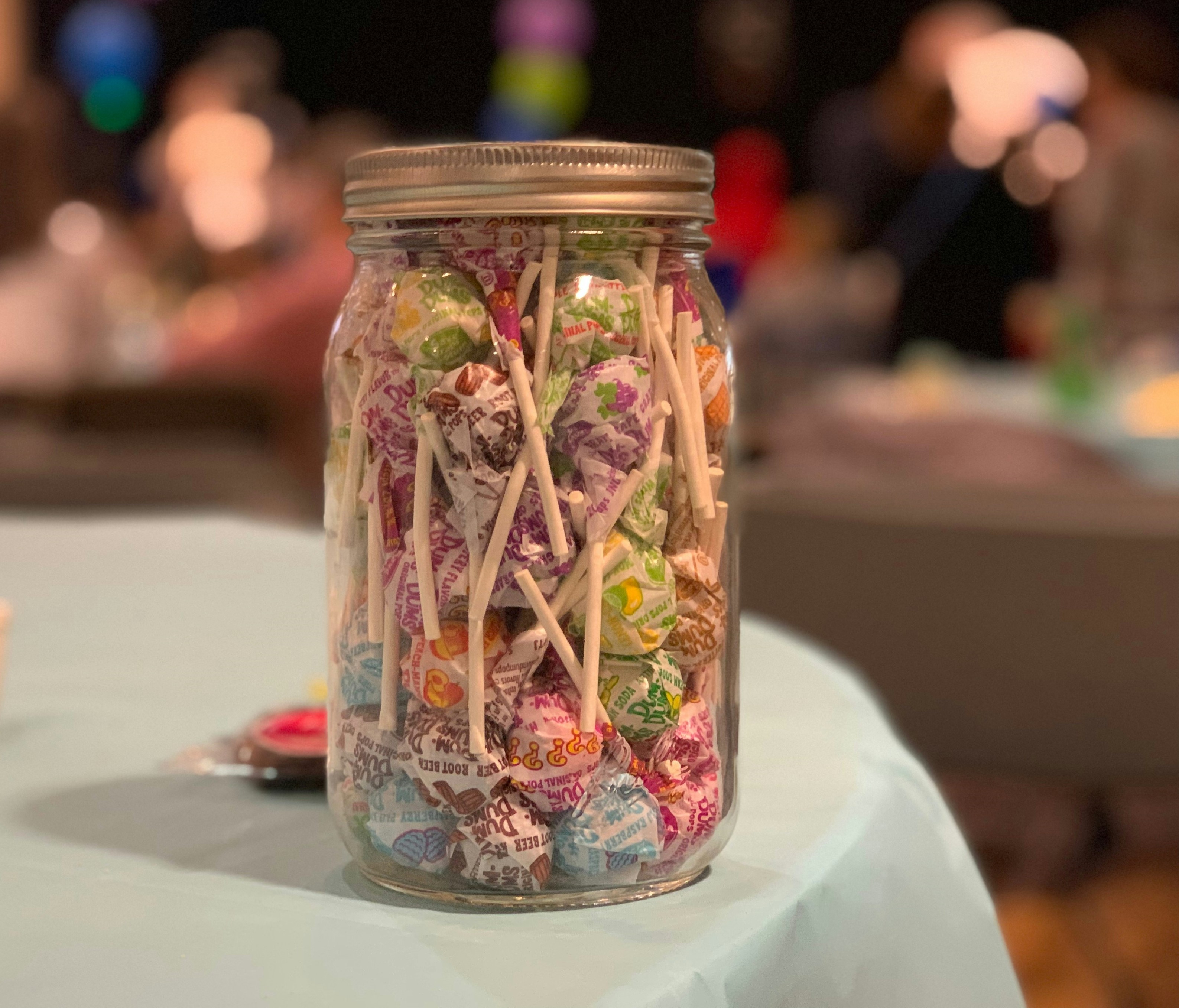Personalization is Key in Creating Secular Funeral Services
Funeral services carry a weight like almost nothing else. They are inherently heavy things, steeped in tradition, which most people associate with religion. But there are those of us who don’t subscribe to any faith who can be at a loss for how to hold a meaningful funeral. Secular individuals and families often get left behind or have some form of religion pushed onto them during a funeral. While it might seem like ritual and ceremony don’t matter to these people, that isn’t always the case. Plenty of non-religious people still seek meaningful funeral services to start their grieving process. When religious messages feel hollow, turn instead to the meaningfulness of relationships and the personality of the person you are memorializing. All it takes is a little bit of creativity and resourcefulness to create an impactful funeral without any religious elements.
Many of the things we traditionally associate with funerals come with religious connotations, but we can separate them by giving an alternative meaning with a little bit of explanation. I draw from my training as a funeral celebrant here—we learned to create impactful ceremonies from many things by simply giving something the meaning we want it to have. For a candle-lighting ceremony, as the candles are being lit from person to person, explain how they represent the many relationships everyone there had with the deceased. The glow of the collected candles symbolizes the connection everyone there now has because they knew and loved that person. Though their light might feel small when they think about the days ahead, together they can keep that fire strong and be reminded that there is comfort in grief shared. Similarly, a fire bowl ceremony where participants write down memories or messages for a loved one and then place them into the bowl to burn can give the sense of emotional release that most people are seeking from attending a funeral without any inherent religious message put into the act itself.
One of the keys to effective funeral services is interaction—it is vital to get people involved. Many caskets can be written upon; try inviting everyone to come up to the casket and share a message of love, a meaningful doodle, or a solemn send off. Whether they are corrugated cardboard cremation caskets that can be easily decorated with colored pencils, pens, or crayons—or metal caskets that require paint markers, personalizing them with drawings and messages is easy and gets mourners of all ages involved. Consider creating a playlist of the deceased’s favorite music for everyone to listen to as they decorate the casket. For a post-cremation memorial service, bring those same art supplies and a large scrap book. Friends and loved ones can write messages and memories down in a keepsake that the deceased’s family can turn to when they are missing them most. On a larger scale, get everyone involved in a flower or tree planting ceremony by inviting people to help plant something in their person’s honor. Many people find that getting their hands dirty and doing something physical in remembrance provides much needed catharsis.
Grief counselor and clinical thanatologist, Dr. Alan Wolfelt, talks often about the etymology of the word emotion. A combination of the root words for out and move—emotions have an inherent need to be expressed, to move from the inside of us to the outside of us. Rituals and ceremonies allow mourners to do just that. Another ritual element we can add to a secular funeral is a flower ceremony. This involves everyone selecting and placing a flower either on the casket, around the urn, or tossing it into the grave. Flowers can be selected by the person’s favorite color—like sunflowers for yellow; by traditional funeral blooms—such as lilies or roses; or have a deeper meaning still—like forget-me-not’s or bleeding hearts. In Victorian times, there was a secret language of flowers, and the construction of bouquets for all occasions was given careful consideration. Contemplate the right flowers for your person and talk about what they mean during the ceremony. Music is always a good way to add weight to these rituals, songs like, The Garden by Rush, The Rose by Bette Midler, or Dandelion by Audioslave can make the moment appropriately poignant. Alternatively, a reading of poems like Petals in Farewell / Echoes Among Blossoms by Nathaniel Bard, The Gardener by Patricia Hooper, or Finding You in Beauty by Walter Rinder can punctuate the ceremony well. Even if there is no body or urn present, the presenting of flowers, either to a central pedestal or vase, or even into a body of water, has a ritual element that helps mourners put their feelings into motion.
“Gentle blooms, stand in grace,
Veiled in sorrow, soft embrace.
Silent guardians, by the stone,
In their beauty, grief is sown.”
-Nathaniel Bard, Petals in Farewell
There are many readings that can add meaning to a moment, a great place to start is by looking at books or poems your person enjoyed. Remember that you don’t always have to take everything line by line, if there’s a bit that feels too religious, you can always just leave it on the editing room floor when you’re preparing a service. One of my favorite pieces of writing for secular services is Eulogy from a Physicist, by Aaron Freeman. I have adapted it many times and used the pieces that felt right for that moment, even though it is, in its entirety, one-hundred percent secular and scientific. I have printed out song lyrics to read as poems and taken quotes from many sources to get a service where I need it to go. Dig deep, be creative, and you will find something that hits just right.
When planning for a celebrant service, we also listen to the family’s stories about the life and experiences of the person who died. If you are planning for a loved one, talk to their family and friends to get ideas. For example, perhaps the person who died had a signature dish they made for gatherings—it might not be feasible to serve it at the funeral—but you can certainly talk about it! You can even go a step farther and pass out laminated recipe cards to everyone so they can make it at home whenever they are missing them. I once had a family pass out lollipops at their matriarch’s funeral because she loved to sing the song My Boy Lollipop to her grandsons. It was the perfect touch and didn’t have any religious connections whatsoever.
We also set up a “market stand” in the funeral home once, for the funeral of a farmer whose children wanted to send the last harvest of his fresh produce home with everyone in attendance. All it took was some folding tables, gingham tablecloths, and paper bags—the produce came in the crates the family always used. We assisted the family with laying everything out and then helped guests stow their selections until the end of services when they were ready to head home. We even scored a few veggies ourselves and I can assure you that when I cooked a meal with them a few days later, I was thinking about that service with no small amount of emotion. If it had that kind of effect on me, I know it meant so much more to the people who were lucky enough to know that farmer in life.
Was your person into board games? Set up tables and chairs in groups with a few easy to play games around. This can get people telling stories about games they’ve played with the person who died. Did they love Legos—bring them in and build something they would have enjoyed! Invite family, friends, and band mates of a musician to place a sticker on their instrument case or amp in memoriam. Maybe they were a collector—I’ve seen so many collections come into the funeral home to be put on display—and sometimes even given out as mementos. Bells, figurines, toy cars, miniature lighthouses, and so much more. Don’t know what you’re going to do with grandma’s 132 cardinal statuettes? Set them up at her funeral and invite everyone she knew to take one home in remembrance of her.
As a funeral professional my favorite services are always the ones where I come away feeling like I knew the deceased, even though I never met them in life. That happens when we listen to the family and get them thinking about what would be most meaningful to them. Many times, that doesn’t involve what our culture thinks of as a typical funeral. Trying to insert religion where it isn’t wanted is not just unethical for funeral professionals, it can do irreparable harm to grievers. There are so many ways to create a meaningful funeral service without religious elements—whether you’re planning for someone you love or assisting a grieving family as a deathcare worker—you just need to think outside of those traditional expectations.




